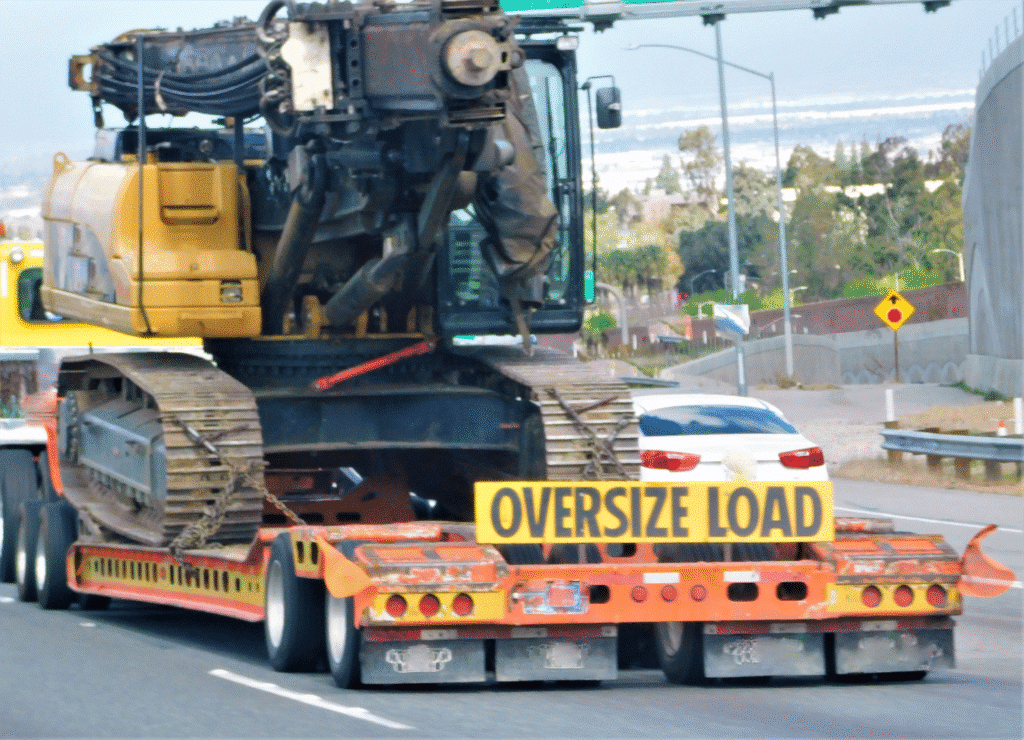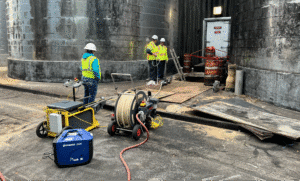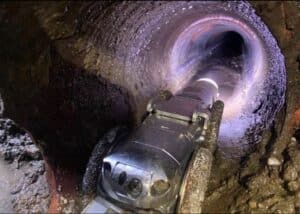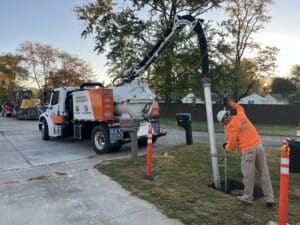Transporting heavy machinery demands precision, planning, and expertise to ensure safety and efficiency. Whether you are managing sewer cleaning trucks, pipeline inspection systems, snow and ice management vehicles, or landscaping machinery, each piece of equipment presents unique transit challenges. For contractors, facility managers, and municipal teams, proper planning helps maintain schedules and protect valuable assets.
This guide outlines essential strategies to prepare your equipment, select the right transportation method, and overcome logistical challenges. Learn how to assess your machinery’s needs, secure your loads, and execute a detailed transport plan that minimizes downtime and enhances operational safety.
Importance of Pre-Transport Planning
Effective heavy machinery transport starts long before loading begins. Pre-transport planning is the foundation of a smooth operation, reducing downtime, avoiding permit violations, and mitigating risks. Begin by assessing key factors such as weight, dimensions, and any special handling requirements. For instance, low clearances and road weight restrictions might require using specialized trailers or carriers that can handle oversized loads.
Key elements of pre-transport planning include:
- Evaluating machinery specifications to determine the best transportation method.
- Researching regional regulations and route limitations.
- Scheduling necessary permits for oversized loads.
- Coordinating detailed logistics with all involved teams and external partners.
By addressing these points early on, you’re better prepared to manage risks such as inclement weather or unexpected road closures. Furthermore, careful preparation facilitates matching the right tools—like lowboy trailers or step-deck trailers—to your specific equipment, and helps ensure timely coordination with contractors or local authorities regarding oversized shipments.
Preparing Heavy Machinery for Transport
A thorough preparation ensures that machinery is ready for transit without risk of damage. Start by inspecting your equipment to identify any unresolved mechanical issues. Address fluid leaks, worn components, or other hazards before transport.
Steps to prepare include:
- Cleaning the machine to remove debris and reveal any hidden problems.
- Securing attachments or disassembling removable parts (like arms, shovels, or accessories) to prevent unintended movement.
- Using high-tension straps or brackets to secure non-detachable components.
- Completing a checklist to confirm that all safety and compliance measures have been met.
These actions reduce risks during loading and transit, ensuring your equipment is in optimal condition for the journey. In many cases, performing a brief functionality test (e.g., verifying hydraulic systems or electrical components) can reveal minor issues that, if left unchecked, might cause major complications mid-transit. By dedicating time to these checks, you ensure a safer and more predictable voyage for your machinery.
Equipment Transport Safety Best Practices
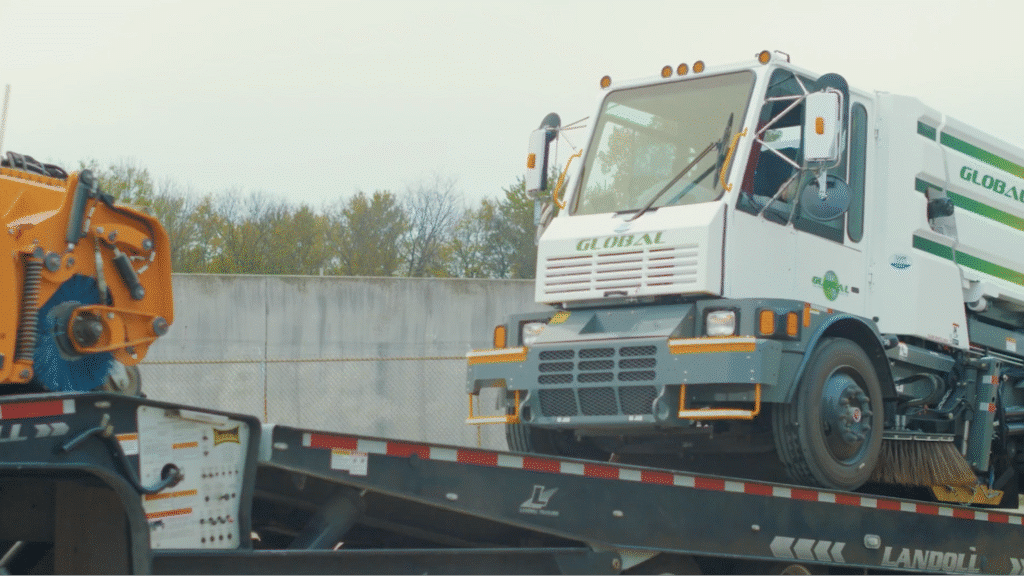
Ensuring safety throughout the transport process is crucial. Begin by employing skilled personnel for loading, transit, and unloading since trained teams can manage heavy machinery safely, reducing risks tied to load imbalance.
Focus on these safety best practices:
- Verify proper weight distribution and balance to maintain trailer stability.
- Secure loads with suitable tie-down chains, straps, or cables.
- Use visibility measures—such as reflective signage, flashing lights, and escort vehicles—for oversized loads.
- Conduct a final safety review before departure to ensure that all securing equipment is properly fastened.
A consolidated approach minimizes redundancies and reinforces safety protocols tailored for diverse machinery types. By double-checking tie-down points, verifying load angles, and following established guidelines (often set by local transportation authorities), you can substantially reduce the risk of on-road incidents. Proper load distribution is a crucial element in mitigating transport-related damage.
Selecting the Right Transportation Method
The choice of transportation method depends on your machinery’s size, weight, unique requirements, and the road conditions along your route. Common options include:
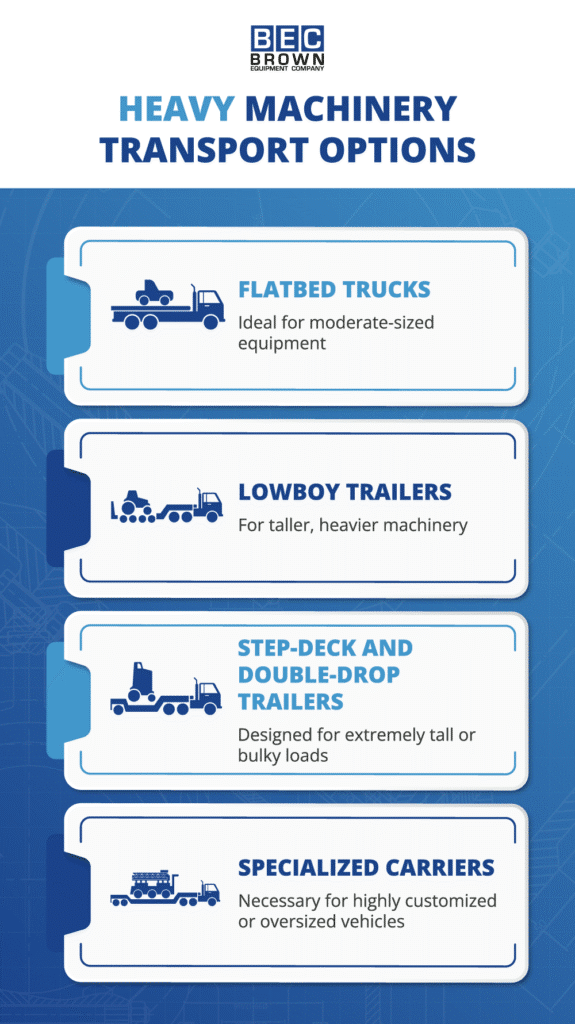
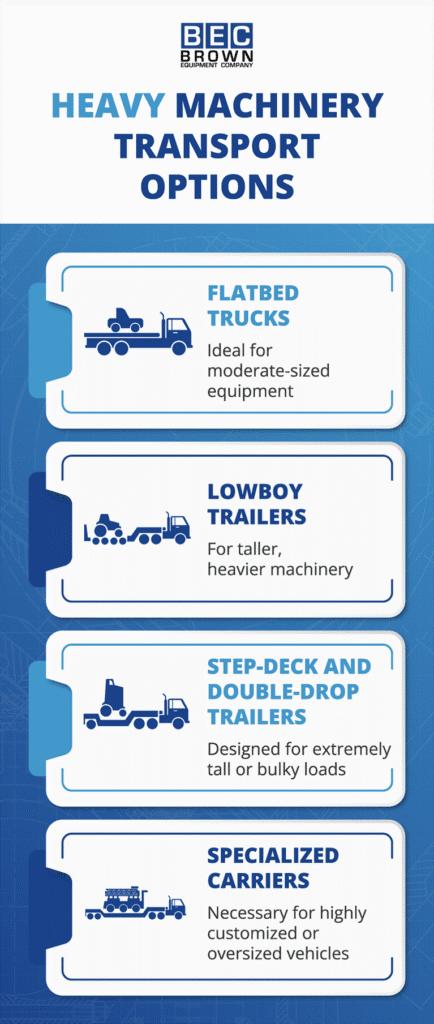
- Flatbed Trucks – Ideal for moderate-sized equipment due to their ease of loading and unloading.
- Lowboy Trailers – Best suited for taller, heavier machinery, offering lower deck height and enhanced stability.
- Step-deck and Double-drop Trailers – Designed for extremely tall or bulky loads requiring extra clearance.
- Specialized Carriers – Necessary for handling highly customized or oversized vehicles, especially when space and road restrictions are a concern.
Evaluating the merits of renting versus owning transport equipment should also be factored into the decision process. A careful cost-benefit analysis, considering maintenance expenses and scheduling flexibility, ensures that your choice aligns with both operational needs and budget constraints. For projects involving frequent moves of similarly sized machinery—such as routine sewer and water maintenance vehicles—owning transport equipment might be beneficial. Conversely, for more sporadic or seasonal tasks, renting specialized trailers or trucks can help avoid unnecessary expenses.
Tools and Equipment for Safe Transport
Using the appropriate tools is key to preventing damage and ensuring overall safety. Essential items include tie-down straps, heavy-duty chains, corner protectors, anchor points, wheel chocks, and winches. These components help stabilize loads during movement, minimize vibrations, and reduce the risk of accidents.
Regularly inspect and maintain these tools to keep transport procedures running smoothly. For example, routine inspections on chains and straps—checking for frayed edges, rust, or other signs of wear—help avert potential failures. Proper anchoring of equipment can prevent load shifts when navigating sharp turns or bumpy roads.
Tips for Efficient Logistics Management
Efficient logistics management minimizes delays and reduces the risk of unexpected downtime. Begin by drafting a detailed transport timeline that outlines every phase—from loading to unloading. Consider factors such as peak traffic hours, seasonal weather patterns, and potential detour plans.
Key logistics strategies include:
- Utilizing real-time tracking systems to monitor progress and adjust routes as conditions change.
- Establishing clear communication channels among dispatchers, drivers, and support teams to promptly address any issues.
- Coordinating with experienced carriers who understand regional challenges and adhere to necessary certifications.
These efforts not only enhance operational confidence but also help prevent costly delays or unforeseen equipment downtime. For regions prone to extreme weather, integrating backup routes and continuous communication with local authorities can be vital in managing sudden closures or permit updates.
Overcoming Common Logistics Challenges
Heavy machinery transport often encounters setbacks such as infrastructure limitations or evolving operational circumstances. Oversized loads may require creative routing to avoid narrow bridges or low overpasses. To mitigate these challenges, consider:
- Conducting thorough route surveys to confirm road capacity and clearance conditions.
- Scheduling shipments during off-peak periods to reduce congestion and minimize risk.
- Preparing contingency plans that include emergency support, spare parts, and roadside assistance.
Proactively addressing these challenges ensures safety and efficiency throughout the journey. Detailed route planning can help prevent issues, such as encountering low overpasses or weight-restricted bridges, that could lead to significant delays and increased costs.
Integrating Technology in Machinery Transport
In today’s logistics environment, technology plays a critical role in enhancing the safety and efficiency of heavy machinery transport. Advanced tracking systems, sensor-equipped trailers, and mobile fleet management applications offer real-time updates, allowing operators to quickly adjust routes when severe weather or road closures occur. Digital documentation and automated compliance checks also streamline permitting processes, saving valuable time and reducing operational costs.
Beyond real-time routing, technology can help monitor machine health during transit. For example, some hauling platforms employ sensors to measure vibration and shock levels, alerting managers if equipment is at risk of damage. Over time, such proactive monitoring contributes to longer machinery lifespans and improved safety standards.
Emerging Trends and Future Directions
As technology advances and environmental concerns grow, heavy machinery transport continues to evolve. Innovations such as the Internet of Things (IoT) enable real-time monitoring of load conditions, facilitating proactive maintenance and reducing on-road failures. Smart routing software and increased vehicle automation further streamline operations by minimizing human error and optimizing routes based on live traffic data.
Sustainability is also emerging as a key focus. Modern fleets are exploring hybrid and electric hauling solutions that reduce emissions without sacrificing performance. As regulations evolve, businesses can expect improvements in safety standards and more transparent operational frameworks—benefiting municipalities, contractors, and the broader industry alike through enhanced efficiency and reduced carbon footprints.
The Role of Brown Equipment Company in Operational Support
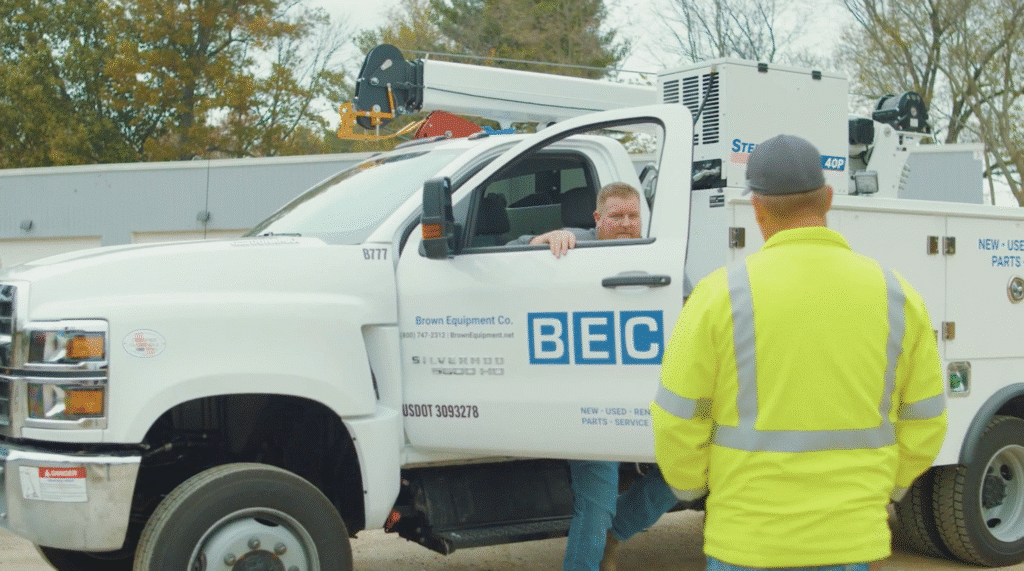
Brown Equipment Company provides a range of high-quality equipment solutions—such as sewer cleaning trucks, hydro excavation units, pipeline inspection systems, and snow/ice management vehicles—to support efficient operations. While their primary focus is on supplying, servicing, and reconditioning machinery, they also offer services that help maintain overall uptime and reduce disruptions:
- Equipment Repair and Maintenance Services to quickly address mechanical issues.
- Reconditioning, which includes part replacements, sandblasting, painting, and testing.
- OEM Parts to keep your operations moving when a disruption occurs that requires parts replacement.
See how Brown Equipment Company puts the customer—and their experience—at the center of everything they do in the video below.
Partnering with Brown Equipment Company means gaining access to a reliable resource dedicated to delivering and maintaining the specialized machinery crucial to your operations. Their commitment to after-sales support—including training, strategic partnerships, and tailored solutions—ensures that once your equipment arrives, you have the expert backing to keep it in top working condition.
Secure Your Heavy Machinery Transit with Confidence
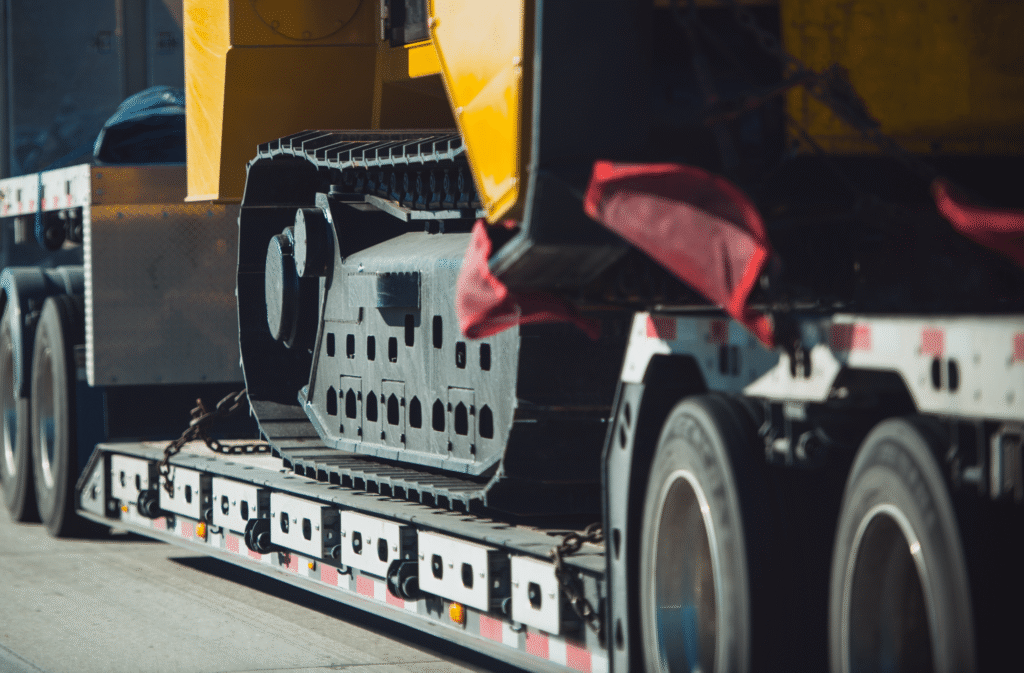
Transporting heavy machinery requires careful planning, proper preparation, and robust safety measures at every stage. From initial risk assessments and equipment inspections to fine-tuning transit schedules and route planning, each step is vital for minimizing downtime and preserving your investment. Thorough understanding of regional regulations, proper use of load-securing tools, and the integration of technology-driven solutions collectively contribute to a safe and efficient transport process.
When executed correctly, these practices pave the way for a secure and streamlined transport experience. Contact Brown Equipment today to learn more about their comprehensive approach and support with heavy machinery.
